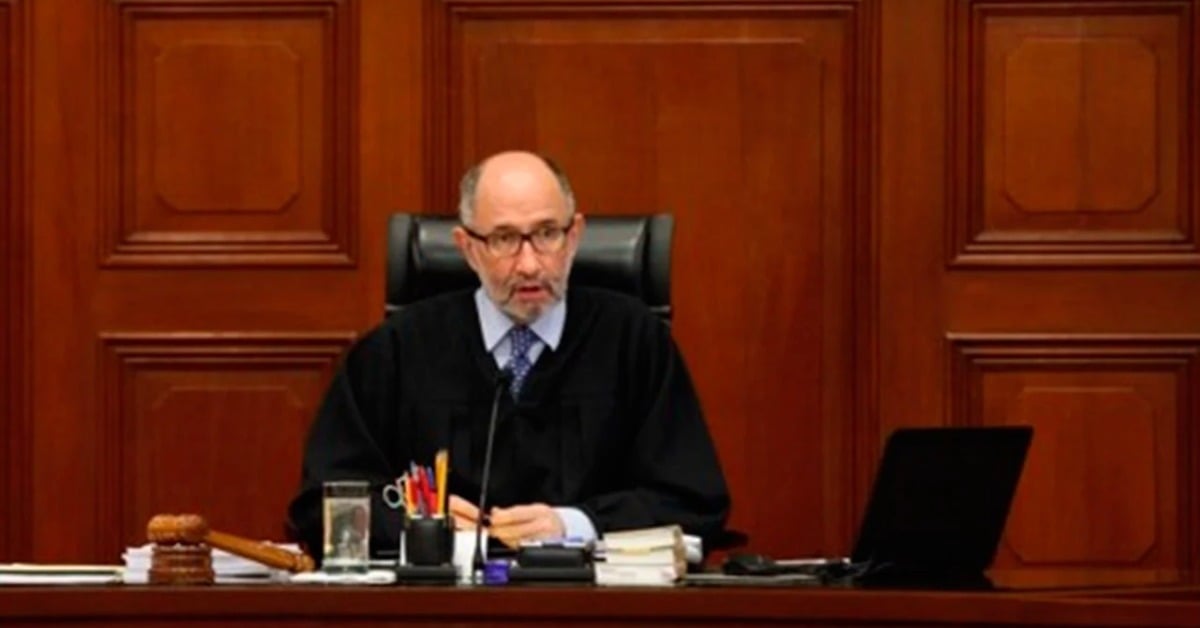A bombshell report by a retired Supreme Court minister, José Ramón Cossío, is rocking Mexico’s judicial and political circles. Cossío, along with constitutional lawyer José Alberto Medellín, released an analysis of the June 2025 “Judicial Election”. They concluded that it was marred by a “technical, statistical, and structural fraud”. This might be one of the most sophisticated instances of fraud in Mexico’s judicial elections. The findings were unveiled in a document titled “Elección Judicial 2025”. It scrutinized official data from the National Electoral Institute . . .






